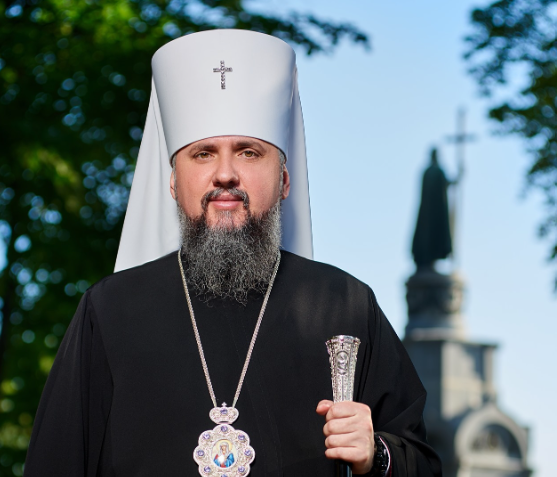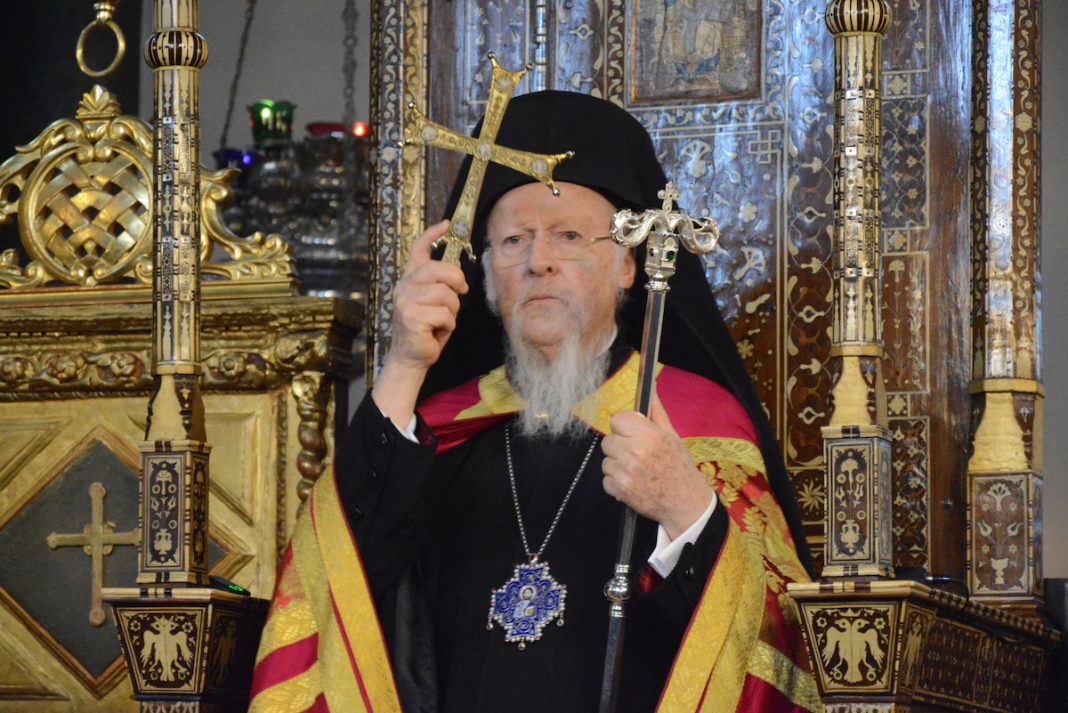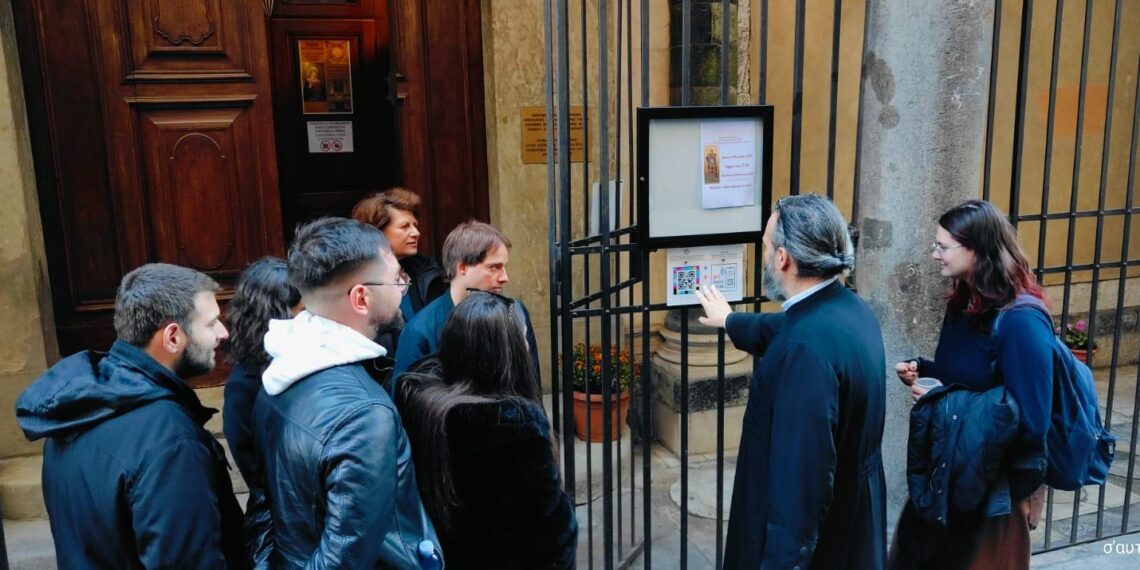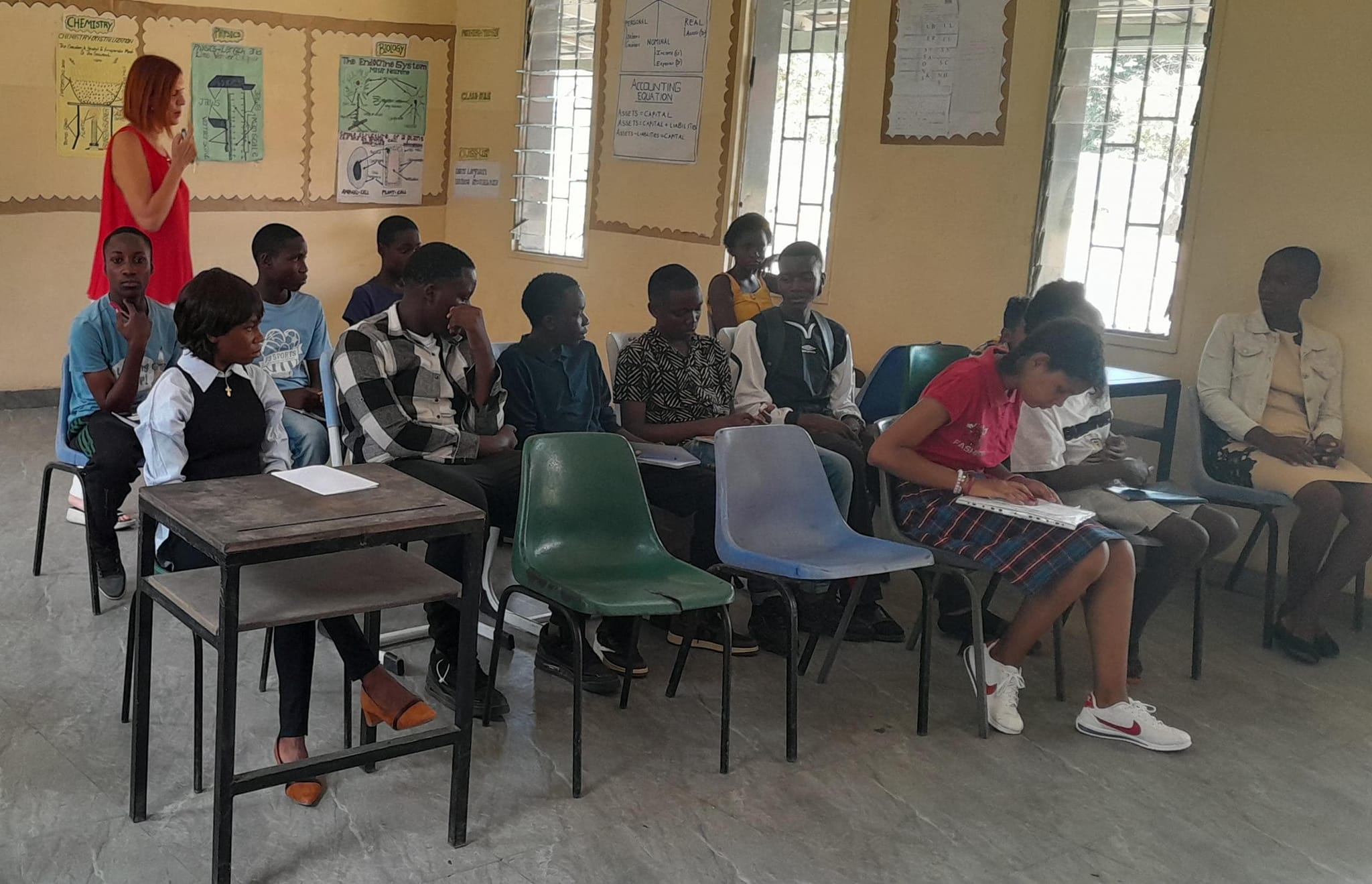Saint Proclus, Archbishop of Constantinople (20 November)
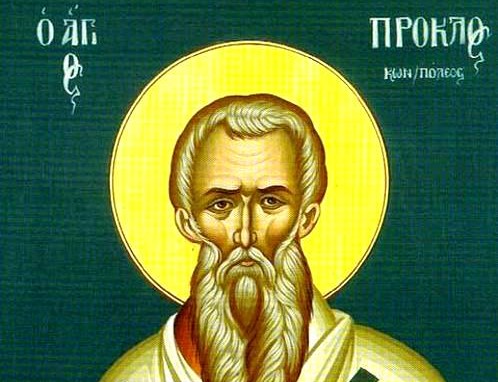

Saint Proclus, Archbishop of Constantinople, from his early years devoted all his time to prayer and the study of Holy Scripture. The Lord granted him the great good fortune to be a disciple of Saint John Chrysostom (November 13), who at first ordained him as a deacon, and then to the holy priesthood. He witnessed the appearance of the Apostle Paul to Saint John Chrysostom. Saint Proclus received from his teacher a profound understanding of Holy Scripture, and learned to elucidate his thoughts in a polished form.
After the exile and death of Saint John Chrysostom, the holy Patriarch of Constantinople Sisinius (426-427) consecrated Saint Proclus as bishop of the city of Kyzikos, but under the influence of Nestorian heretics he was expelled by his flock there.
Saint Proclus then returned to the capital and preached the Word of God in the churches of Constantinople, strengthening listeners in the Orthodox Faith and denouncing the impiety of the heretics. He once preached a sermon before Nestorius in which he fearlessly defended the title “Theotokos” in speaking of the holy Virgin. Upon the death of the Patriarch Saint Sisinius, Saint Proclus was chosen to take his place. Having thus been made Patriarch of Constantinople, he guided the Church over the course of twelve years (434-447). By the efforts of Saint Proclus, the relics of Saint John Chrysostom were transferred from Comana to Constantinople in the time of the holy emperor Saint Theodosius II (408-450).
When Saint Proclus was Patriarch, the Empire suffered destructive earthquakes, lasting for several months. At Bithynia, in the Hellespont, and in Phrygia cities were devastated, rivers disappeared from the face of the earth, and terrible flooding occurred in previously dry places. The people of Constantinople came out of the city with the patriarch and emperor at their head and offered prayers for an end to the unprecedented calamities.
During one prayer service, a boy from the crowd was snatched up into the air by an unseen force and carried up to such a height that he was no longer to be seen by human eyes. Then, whole and unharmed, the child was lowered to the ground and he reported that he heard and he saw the angels glorifying God singing: “Holy God, Holy Mighty, Holy Immortal.” All the people began to sing this Trisagion Prayer, adding to it the refrain, “Have mercy on us!” Then the earthquakes stopped. The Orthodox Church sings still this prayer at divine services to this very day.
The Constantinople flock esteemed their Patriarch for his ascetic life, for his concern about the downtrodden, and for his preaching. Many works of the saint have survived to the present day. Best known are his discourses against the Nestorians, two tracts of the Saint in praise of the Mother of God, and four tracts on the Nativity of Christ, setting forth the Orthodox teaching about the Incarnation of the Son of God. The activity of the holy patriarch in establishing decorum in all the church affairs gained him universal esteem. Surrounded by love and respect, Saint Proclus departed to the Lord after serving as Patriarch for twenty years.
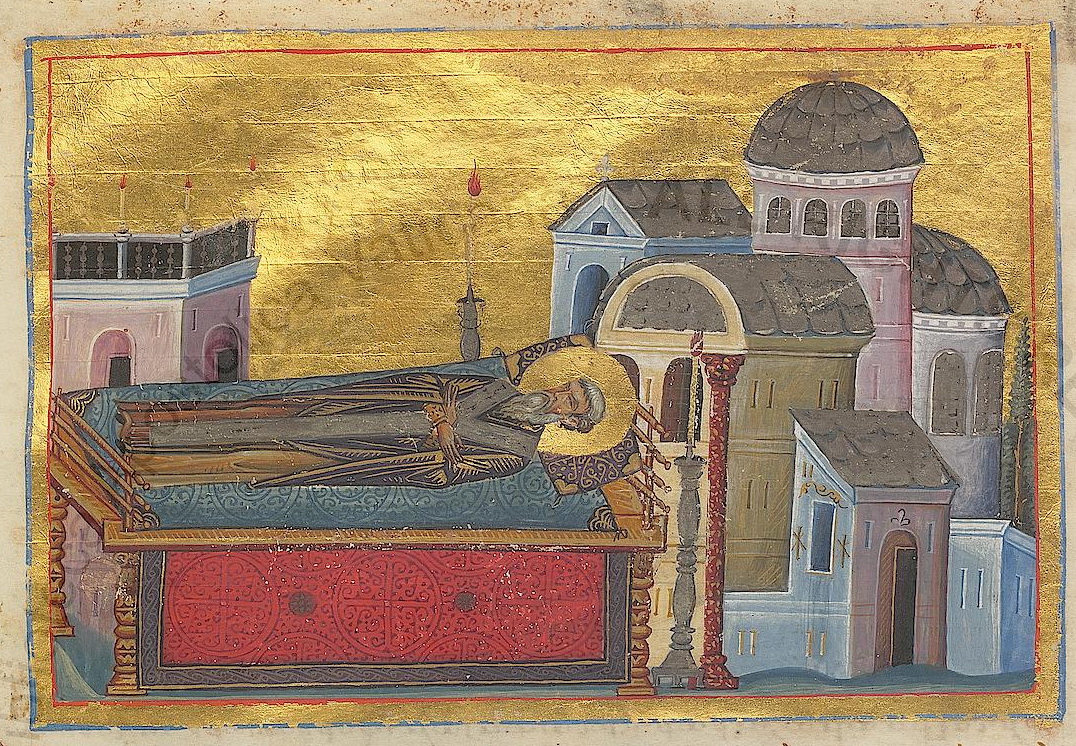

Saint Proclus lived during the reign of Saint Theodosius the Younger. A disciple and scribe of Saint John Chrysostom, he was ordained Bishop of Cyzicus about the year 426, but because the people there unlawfully elected another bishop before his arrival, he remained in Constantinople. In 429, Nestorius, who had been Archbishop of Constantinople for about a year, and had already begun his blasphemous teaching that it is wrong to call the holy Virgin “Theotokos,” invited Bishop Proclus to give a sermon on one of the feasts of our Lady, which he did, openly defending in Nestorius’ presence the name “Theotokos,” that is, “Mother of God.” Saint Proclus was elevated to the throne of Archbishop of Constantinople in 434. It was he who persuaded Emperor Theodosius the Younger and his holy sister Pulcheria to have the most sacred relics of his godly teacher Saint John Chrysostom brought back from Comana, and triumphantly received them upon their return to the imperial city (see Jan. 27 and Nov. 13). He reposed in peace in 447.
Proclus was a disciple of St. John Chrysostom. In the year 426 A.D. he was consecrated Bishop of Cyzicus, and in 435 A.D. was chosen Patriarch of Constantinople. He governed the Church of God as a prudent hierarch. During his tenure, two significant events occurred. The first was the translation of the relics of St. John Chrysostom from Comana to Constantinople, at the desire of both the emperor and the patriarch. Emperor Theodosius the Younger was then reigning with his sister, Pulcheria. The second event was the great earthquake in Constantinople and the surrounding countryside. Many of the largest and most beautiful buildings were destroyed by this terrible earthquake. Then the patriarch, with the emperor, many of the clergy, nobles and people, came out in a procession of supplication. As they were praying to God, a child was miraculously lifted high in the air, until he was out of sight. Then he returned and was lowered gently to the ground. Asked where he had been, the child replied that he had been lifted up to heaven among the angels and that he had heard the angels sing:”Holy God, Holy Mighty, Holy Immortal, have mercy on us!” Upon hearing this, all the people in the procession began to sing it and the earthquake ceased immediately. From that time on, this beautiful hymn was adopted by the Church. The child soon reposed, and was interred in the Church of St. Irene. In all, St. Proclus served as a hierarch for twenty years and reposed peacefully in the Lord in the year 446 A.D.
Apolytikion of Proclus, Abp. Of Constantinople
Fourth Tone
O God of our Fathers, ever dealing with us according to Thy gentleness: take not Thy mercy from us, but by their entreaties guide our life in peace.
Source: oca.org / goarch.org / westserbdio.org

